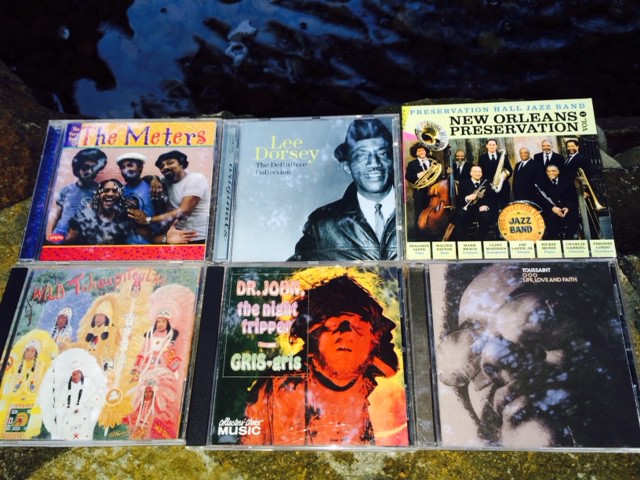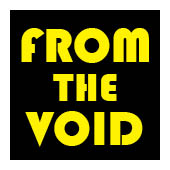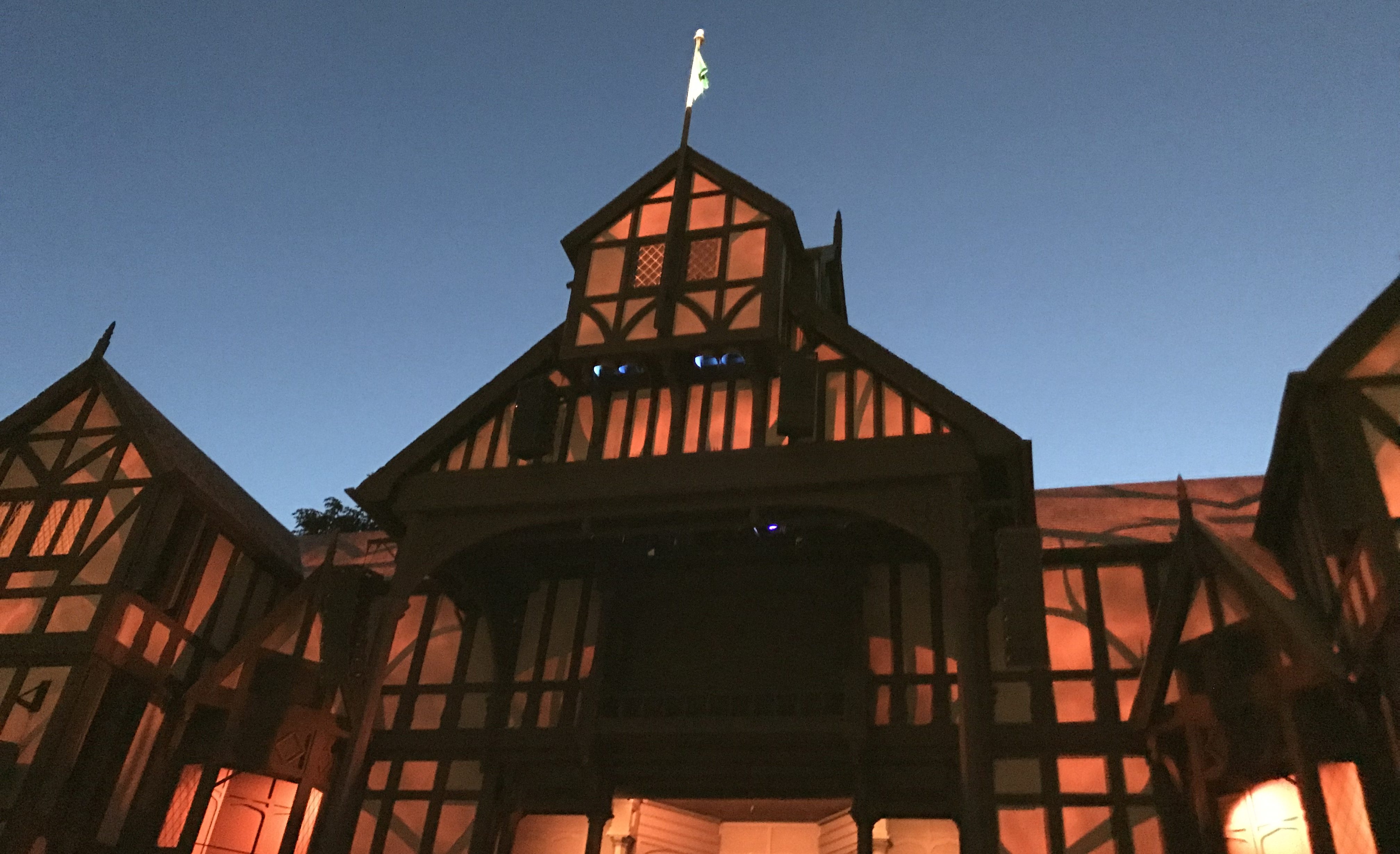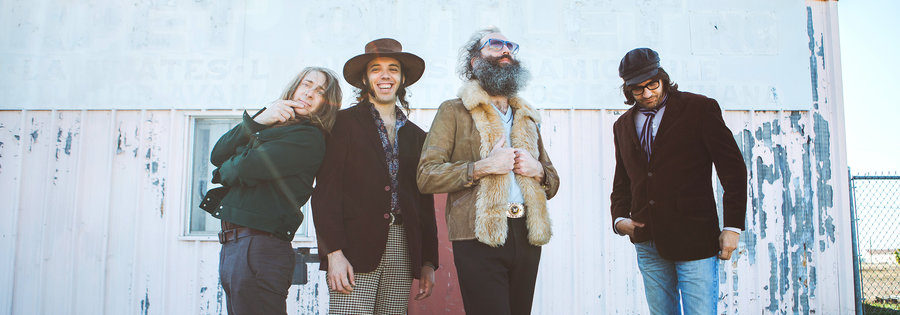
Asleep in Treme
You wouldn’t think a show set in post-Katrina New Orleans would be a smile factory. Perhaps that’s the alchemical magic of TV right there: It can take an experience that must have been hell to live through and turn it into something so life-affirming and brimming over with infectious groove that your squirms turn to funky grooves. Soon, you’re dancing in your seat despite yourself.
Before I wade any further into the waters of my own adoration for David Simon and Eric Overmyer’s “Treme,” I have to come clean. I’ve never been to New Orleans. Simon and Overmyer could tell me that it’s a magical kingdom where Care Bears ride Glow Worms down milky rivers swirling with Lucky Charms marshmallows, and I’d have no evidence to the contrary. They could tell me that the City of New Orleans is a mythical train from some ’70s AM radio transmission, and who would I be to call them liars?
True, there is the news, and sometimes I even follow it. During and immediately after Hurricane Katrina’s devastation of the Crescent City, I watched from afar as the federal government bungled disaster relief, and read about the horror stories coming out of the Superdome. I guessed that a lot of musical history had been washed away, and if Memphis was any indicator, would likely be Disney-fied when it was rebuilt.
Truth be told, I didn’t know shit. And I still don’t. You can barely know a city after living in it for years. Even if I flew there next week and stayed for the rest of the year, I’d still be a tourist.
But after FINALLY finishing “Treme,” I want to get to know it better. If you’re unfamiliar with HBO’s now-cancelled love letter to the Treme neighborhood of New Orleans, you can hardly be blamed. Its three-and-a-half seasons had only slightly higher ratings than “The Wire,” but it packed more life into that short span than every execrable season of “CSI,” “Law & Order,” “NCIS,” and their various permutations of nomenclature put together.
Normally, I’d rather avoid real-world problems when watching my stories. I have to live in this cesspool of corruption and mediocrity. Why would I want to spend my free time waterboarding my imagination with its runoff? The answer to that question is “Treme.” Other acceptable responses would have included: “The Wire,” “The Shield,” “Oz,” and “Breaking Bad.”
These are shows that turn such an observant eye on the filth amid which many of us dwell that we can’t help but look at our world anew. To somebody raised in the fucking Shire that is the Pacific Northwest, Baltimore may as well be a post-apocalyptic thriller. While Simon’s tone is jauntier with “Treme” than it ever was with “The Wire,” walking in the shoes of the amazing characters he and Overmyer created (or borrowed from real-life inspirations) is no easy task.
I love LaDonna Batiste-Williams (Khandi Alexander). As much as it’s possible for a man to love a fictional mother, bartender, and survivor, I do. Watching her suffer the kinds of indignities and atrocities she endures over the course of 3.5 seasons is a spleen-torquing experience. Then there are Janette (Kim Dickens) and her battle to keep her culinary dreams alive; Toni (Melissa Leo), the sometimes self-righteous lawyer who never flags in her pursuit of justice; and Delmond (Rob Brown), the jazz musician who tries to do right by his city’s cultural heritage (symbolized wonderfully by his Big Chief father).
Don’t even get me started on the scariest “Big Bad” in recent TV history: The New Orleans Police Department.
For every ounce of heartache on “Treme,” though, there seems to be about a pound of joy. There are DJ Davis (Steve Zahn), the stoner music fanatic whose biggest debacles still manage to spin into comedy gold; Antoine Batiste (Wendell Pierce), the debauched trombonist who learns to be a better man so slowly that sloths are sprinting by him; and Big Chief Albert himself (Clarke Peters), whose fiery temperament and myopic dedication to his tribe never fail to inspire me.
One of the many brilliant things about “Treme” is that I could have switched the names in those two paragraphs, pointing out the joys of Janette, Toni, and Delmond, and the heartache of the rest, and it would have been equally true. This is a show that paints its characters with the specificity of contemporary photorealism, even as it allows their memories to be just fuzzy enough to make their continued existences believable. Regardless of where along their story arcs the characters find themselves, I always found myself with a smile on my face. Even when their situations were so ugly that I wanted to flinch, something in their perseverance kept me watching and full of the joy of life.
Perhaps the biggest, best, and most enduring joy of “Treme” is the music. Unlike most shows, in which music is used as an afterthought to provide a desired mood for a scene – or even “The Wire,” where music is used sparingly to focus the viewer’s attention on the world they’re temporarily inhabiting – the music is the real star of “Treme.” It oozes from every pore, tying nearly every scene together, just as it ties the people in the Treme neighborhood together.
I suspect that each episode began as a mix tape, and then Simon/Overmyer had to figure out a story that would go with it. From the stomping rituals of the Mardi Gras Indians to the brass-buoyed funk and jazz of the clubs, from lonely street-corner Country and Americana to the metal that drives journalist L.P. Everett as he uncovers the wrongdoing of the NOPD, every aspect of the city’s rich musical history is on full and beautifully photographed display.
Because despite all of the lives, houses, and history that were lost to Hurricane Katrina, New Orleans lives on. Her people live on. Her music plays on. In that way, just as music has helped to preserve and communicate the struggles and triumphs of human beings for almost as long as we’ve roamed the planet, the music of New Orleans is bigger than any one musician, geographical area, or generation. The music will never die, and perfectly symbolizes the survivors that populate this amazing show.
Unfortunately, “Treme” didn’t live on, and it finished its run with a truncated final season in 2013. Perhaps while we were all sitting around congratulating each other on having watched “The Wire” out of one side of our mouths while telling our friends to watch “The Wire” out of the other, we should have shut our beignet holes and watched, listened, and learned. I slept on this shit for too long, but I hope this blog post is some kind of penance. I won’t point out that ignoring “Treme” is a disturbingly apt metaphor for remaining oblivious to the real-life tragedies in New Orleans, either. You’re welcome.
Instead, fire up your HBO Go or HBO Now or HBO Whoa, or whatever the hell they’re calling it this week, and dip your toes in the muddy waters of the Mississippi. Get baptized. Maybe there’s some other life-altering show we should all be paying attention to right now, but for as long as it takes to get a tiny taste of the warm glow that is New Orleans’ soul, I guarantee that will be time well spent.
Oh, and if you weren’t listening to Allen Toussaint, The Meters, Dr. John, the Wild Magnolias or some similarly sticky New Orleans funk while reading this, allow me to suggest that right now might be the very moment to do so. That’s just some lagniappe for ya.




